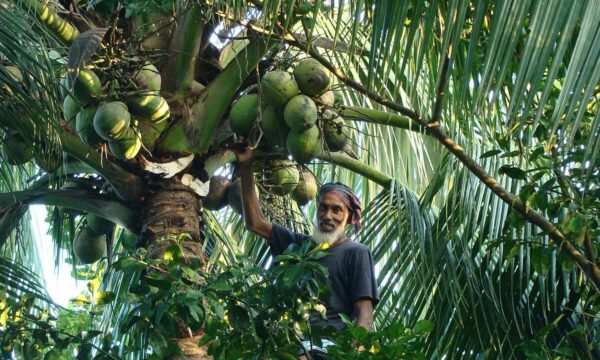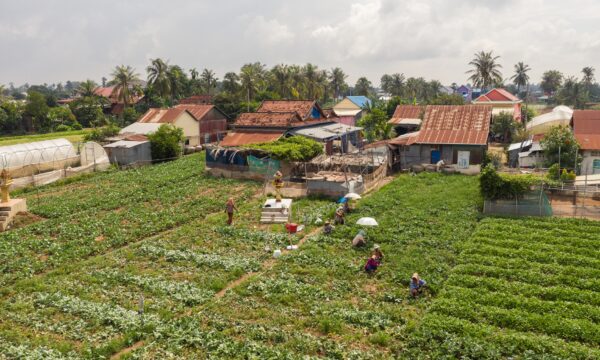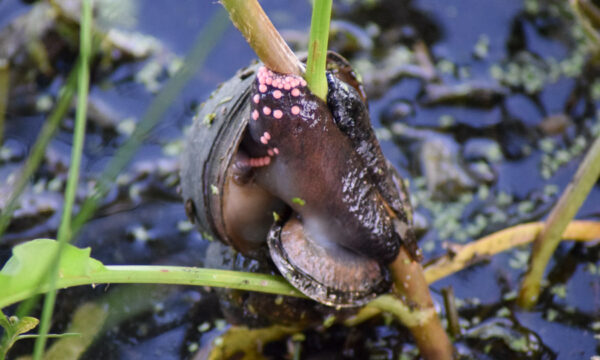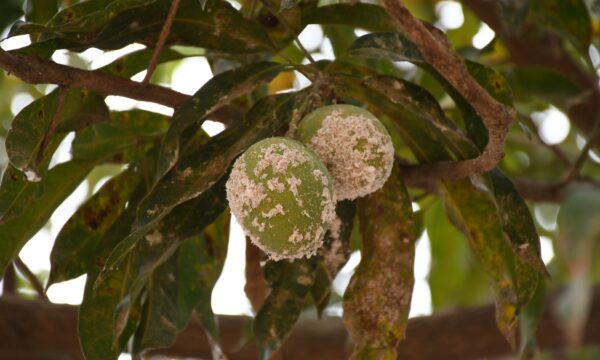The life cycle of the African armyworm (Spodoptera exempta) makes it an extremely destructive pest. It grows and reproduces quickly with just ten days between hatching and pupation.
African armyworms, also known as black armyworms, are the larvae of Spodoptera exempta moths. These destructive pests target pastures and cereal crops in parts of Africa, Asia, Australia, the Pacific, and Arabia. They are migratory and in plague years can severely damage crop yields.
The larvae cause the most damage to host plants, while the moths guarantee the swift spread of the pest. The feeding rate of African armyworm larvae increases rapidly as they develop over two to three weeks. Understanding the life cycle of the African armyworm is essential when deciding on management and control methods. The lifecycle includes egg, 5-6 growth stages of caterpillar development (instars), pupa, and moth.
The life cycle of the African armyworm
Day 1 – 2
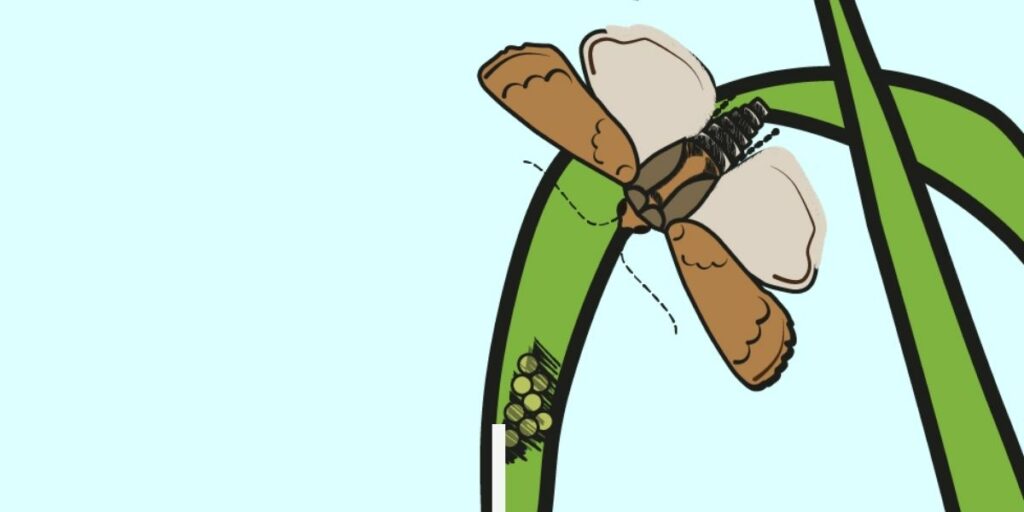
A single female lays between 400 and 1300 eggs over her lifetime. Generally, moths lay their eggs on the underside of the leaves.
The moth covers the eggs in protective scales, rubbed off from its abdomen after laying. The scales protect the eggs from predators, dehydration, and natural enemies (predators). The moth lays eggs on both crops and pastures.
Day 2 – 6
Growth stages I-III
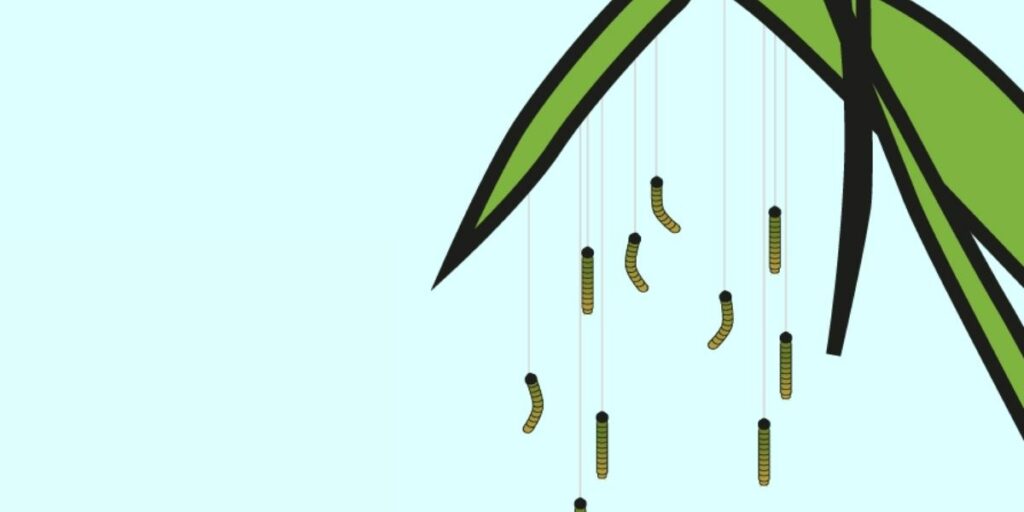
After hatching the young caterpillars feed superficially, usually on the undersides of leaves. Feeding results in semi-transparent patches on the leaves called windows.
Young caterpillars spin silken thread. The wind disperses these threads onto new host plants. Newly hatched caterpillars climb up the host plant and feed on the young stems and soft leaves.
Young caterpillars are green in colour with a black head. As the caterpillars grow, they change colour depending on whether it is solitary or gregarious. Solitary caterpillars remain green in colour.
Day 7 – 10
Growth stages IV-VII

Caterpillars in the gregarious phase have a velvety black upper surface with white lines running along the sides. The head is shiny black with an inverted V-shaped mark while the underside is green or pale-yellow. All African armyworm caterpillars are hairless on the body.
The gregarious caterpillars at stages (IV-VI) are the most destructive to pasture and crops. They will feed on and damage leaves, growing points, and young stems. Feeding can result in total defoliation or destruction of the plant to ground level.
Day 10 – 14
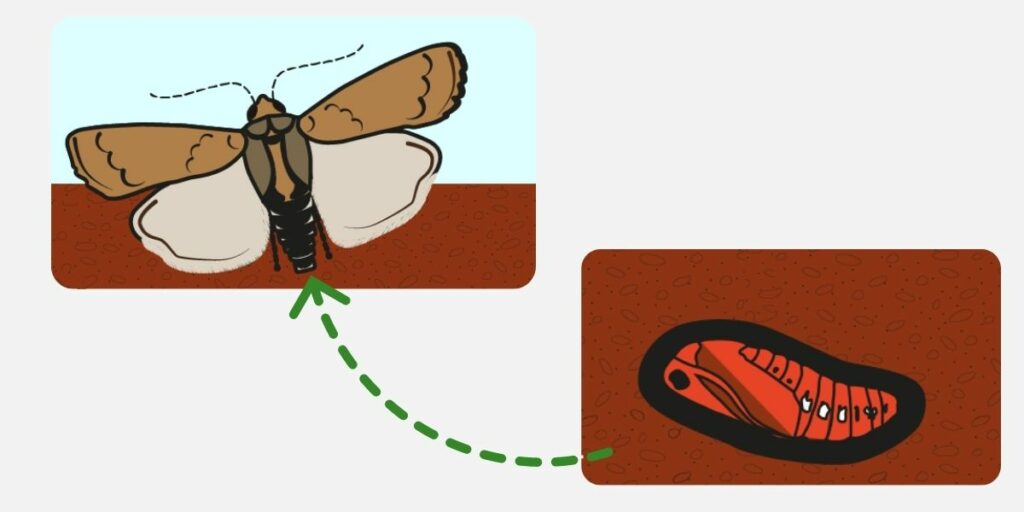
After approximately 10-14 days the fully-grown caterpillar will seek soft damp soil, at the base of plants or sandy banks in which to burrow and pupate.
The caterpillar burrows 2-3 cm into the soil. They then form a loose silk oval shape cocoon 10-14 mm in length. If the soil is dry and too hard then the caterpillar will not be able to burrow and will die.
Approximately 7 – 12 days after forming a cocoon, the adult moth emerges from the soil to restart the cycle.
View the life cycle of the African armyworm
About the Plantwise Knowledge Bank
Find management, prevention and control advice for African armyworm and other crop pests and diseases in your region on the Plantwise Knowledge Bank. Simply search for a pest or crop and then filter the results by country.
The Plantwise Knowledge Bank is a free online resource that gathers plant health information from across the world. Over 15,000 pieces of content, which include pest management decision guides (PMDG), factsheets for farmers (PFFF), species pages, photosheets, manuals, and video factsheets in over 100 languages.
Related News & Blogs
How do pest risk registers address the spread of plant pests in Africa?
Pest risk registers can help to solve problems in agriculture, addressing the growing global threat of plant pests. Moreover, changing weather patterns, led by rising temperatures, are causing them to reproduce faster and expand into new regions. In ad…
10 July 2025

